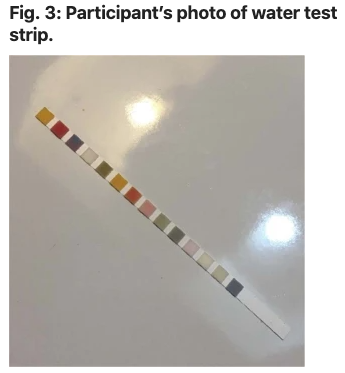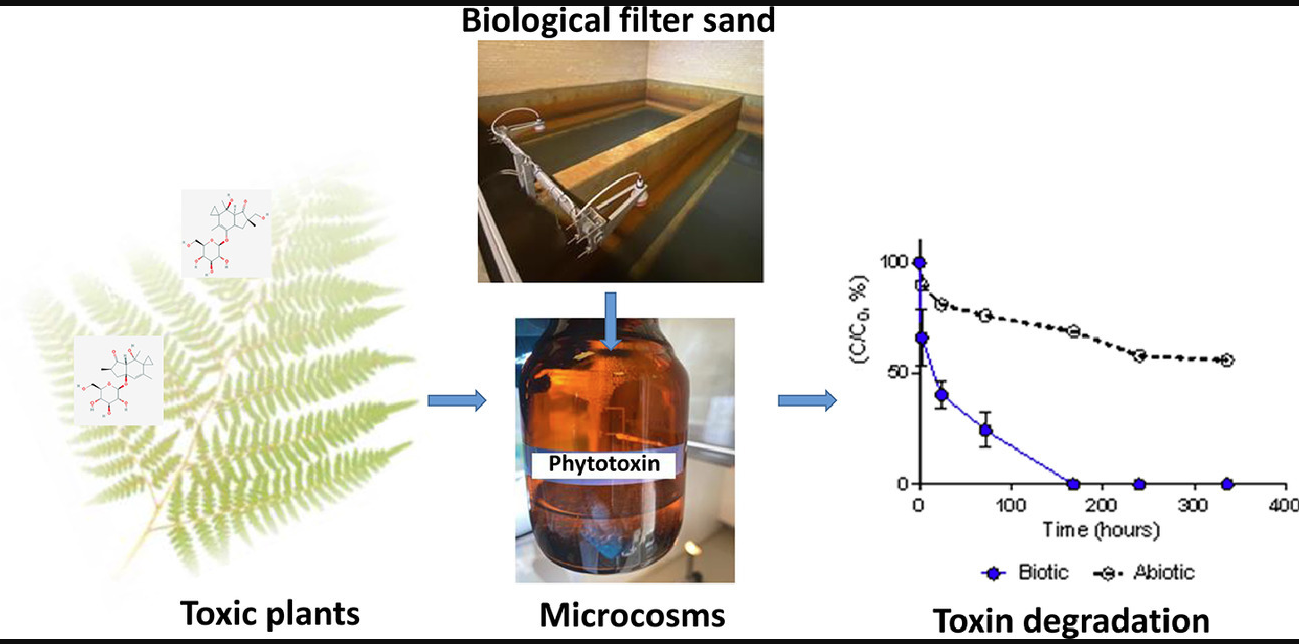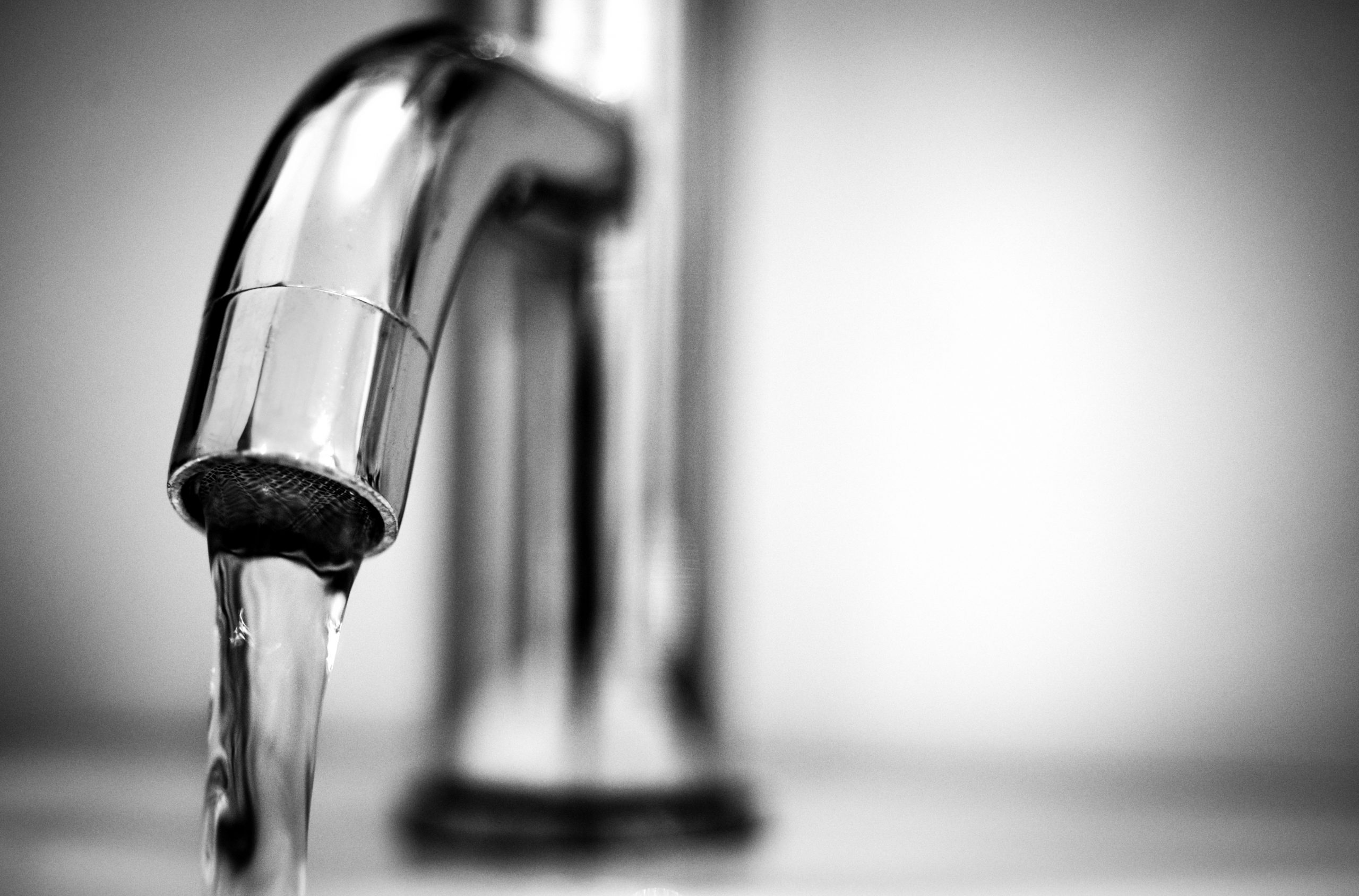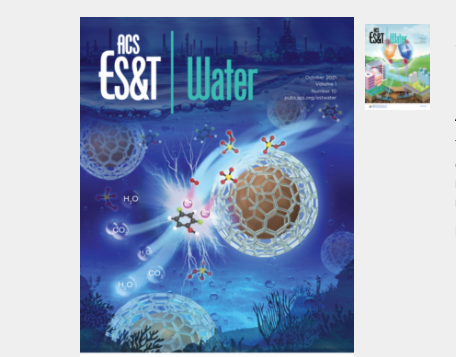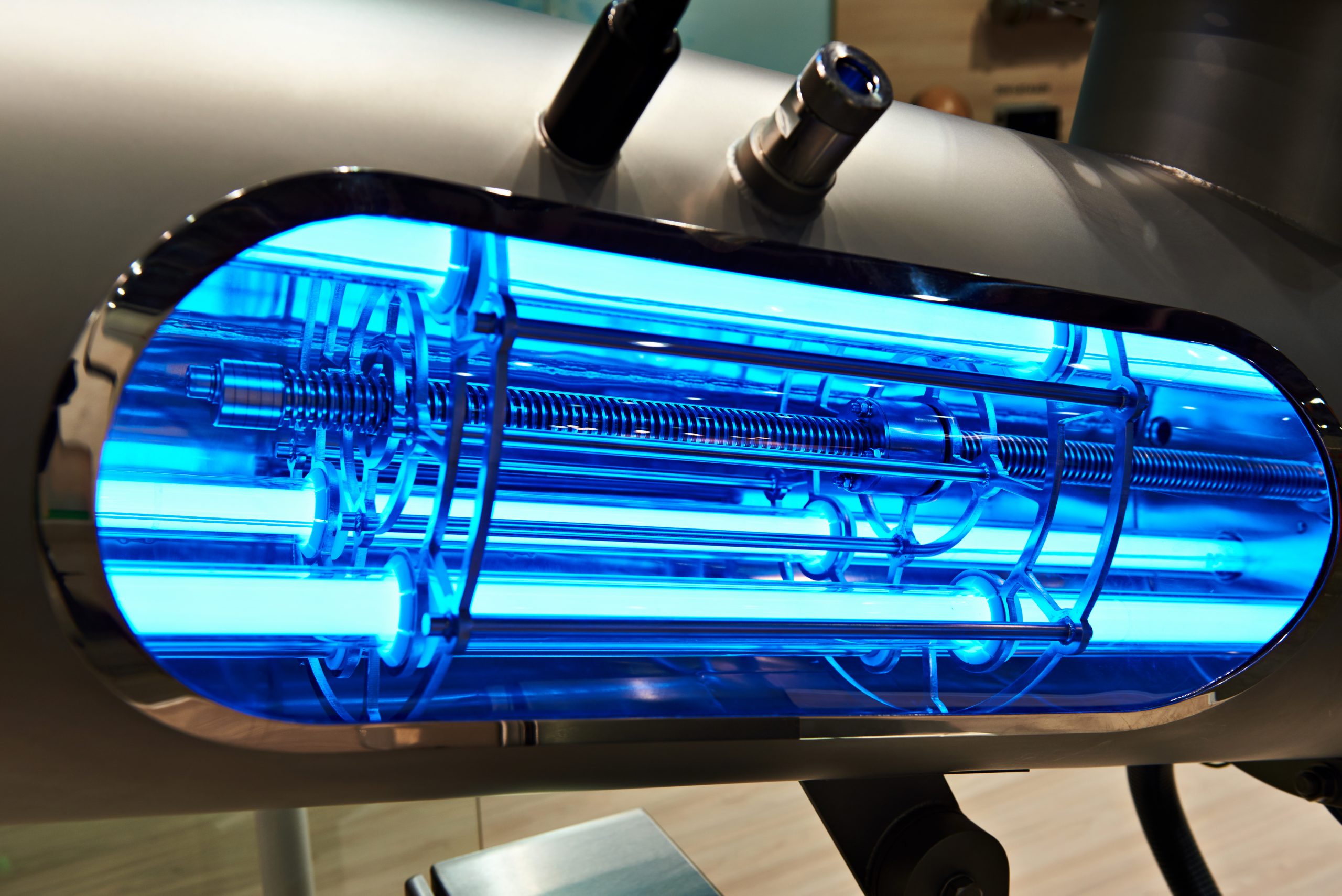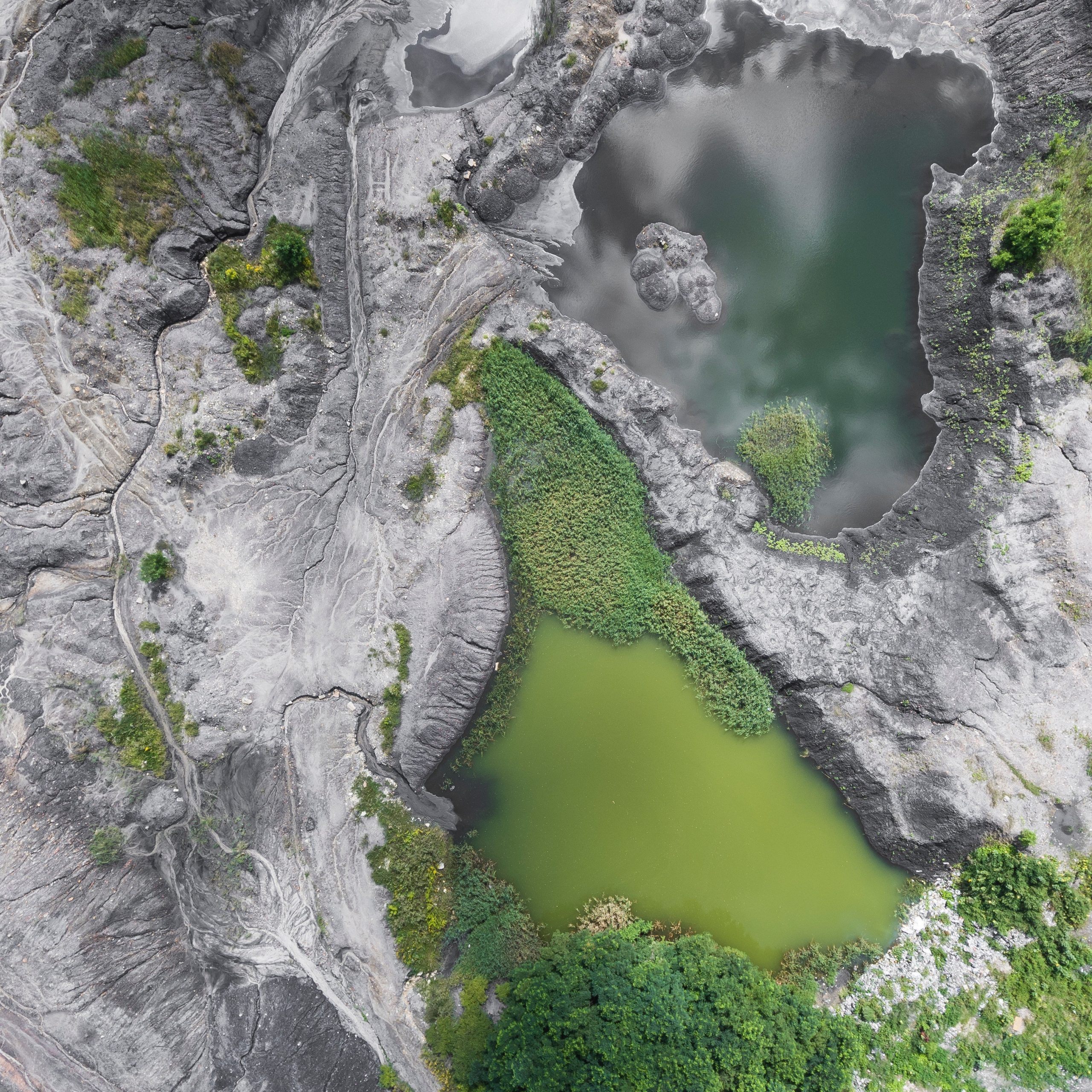Drinking Water Quality Guidelines across Canadian: Jurisdictional Variation in the Context of Decentralized Water Governance
review identifies key differences in the regulatory approaches to drinking water quality across Canada’s 13 jurisdictions. Only 16 of the 94 CDWQG are consistently applied across all 13 jurisdictions; five jurisdictions use voluntary guidelines, whereas eight use mandatory standards.


